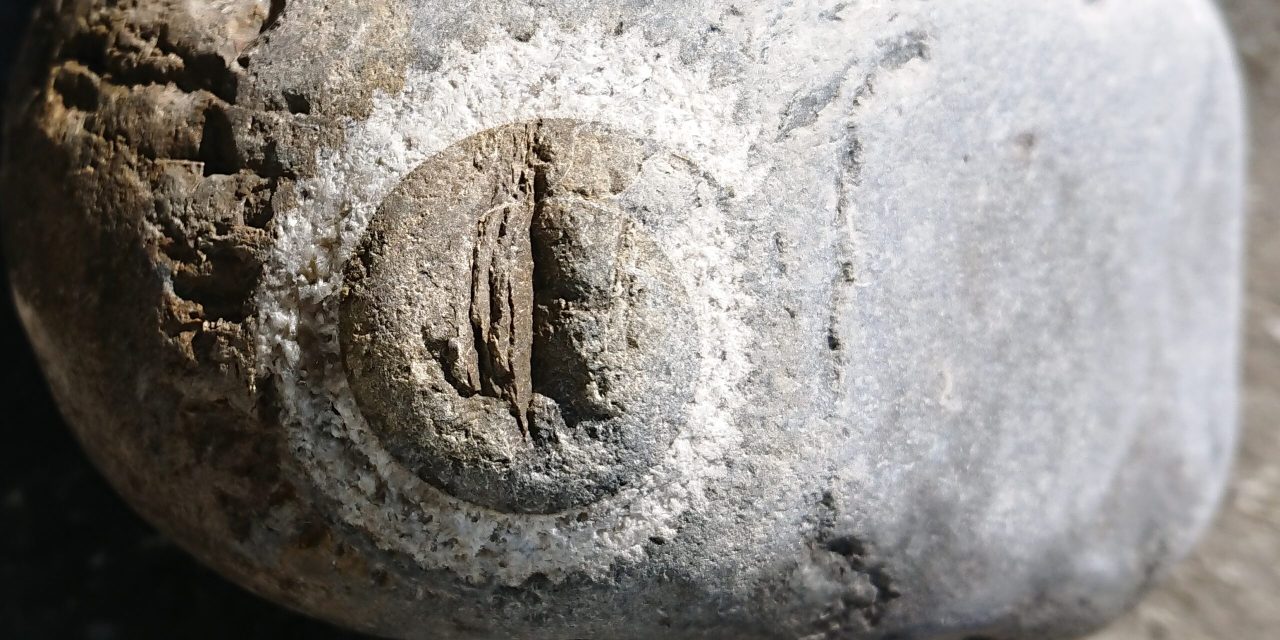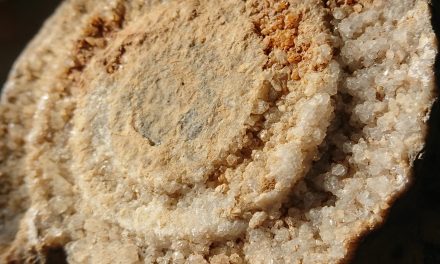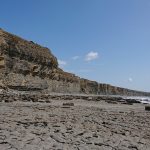Fossil hunting is an exciting activity that people can take part in, and it primarily involves searching locations like beaches for fossils. People of all ages and experiences can take part, but there are some things that you will need to know in order to make your trip worthwhile. Spending some time educating yourself before you go on your adventure will give you the knowledge that you need to find the best fossils.
You can find all sorts of unique and fascinating fossils, that will provide you with all sorts of information about the past and the location you are visiting. Knowing the best places to look, and having the right safety knowledge is only going to further enhance your experience. You will be able to search for fossils both safely and efficiently and hopefully find some really interesting fossils. Here is a complete guide to fossil hunting that will provide you with all of the information you need to find your very own fossils.
What to expect from our article
What is a Fossil?
The most important thing that you need to know before heading out on your adventure is ‘what is a fossil’? Otherwise, how will you know what to look out for? The word ‘fossil’ refers to the physical evidence of prehistoric life. Fossils are preserved from a time before human history even begins. There is no age that determines when something can be called a fossil, but typically, they are more than a few thousand years old.
Fossils can be found all over the world, and they display traces of life before that helps us to understand the past. Many living organisms simply decayed without a single trace being left behind, while others left evidence that we can witness today. The oldest fossil discovered was dated back to 3.5 billion years ago, which is mind-blowing to even think about.
What Should I Wear Fossil Hunting?
Whether you are fossil hunting in the middle of summer or the depths of winter, it is important to wear the appropriate clothing to avoid getting injured. Even if you are simply walking across sandy beaches, there are things that you should consider.
Weather is going to affect your clothing choices, and you should always check the weather forecast before heading out. If it is going to rain, you will need a waterproof jacket and shoes so that you don’t have to spend the day cold and soaking wet. On the other side, if it is going to be rather warm, you don’t want to be wearing lots of layers of clothing that you’ll have to carry around with you.
Another thing to consider is the terrain you will be walking on. If you are going to be walking on rocky surfaces or doing any sort of climbing or searching through rock pools, you will need appropriate footwear. You should wear sturdy and durable shoes that will keep your feet protected and help you to avoid accidents or injuries. You shouldn’t wear open-toed shoes for this exact reason. They will also need to have sufficient grip on the bottom, so you don’t go sliding around on slippery surfaces. Finally, your shoes should be waterproof, so if you go falling into a rock pool, you won’t have to worry about walking around with uncomfortable wet feet. A great footwear option is walking boots as they provide all of the features we have just mentioned, and they are comfortable to walk around in all day.
When is the Best Time to Go Fossil Hunting?
One of the best times to go fossil hunting is after stormy weather as this is when new fossils are often left exposed, and this weather can unmask a variety of cool finds. The winter and spring seasons are also when there tends to be a higher volume of fossils along the coast due to wind, rain, and rough seas.
During the summer months, when the weather is nicer, fossils can be more difficult to find, and you might find yourself having to search for longer or even split open rocks.
At any time of year, you will need to plan your visit for when the tide is going out. This will give you more time to search over a wider area. If you go when the tide is coming in, you will be confined to a smaller search area and won’t have much time to look.
Is Fossil Hunting Dangerous?
When you have the correct knowledge and safety equipment, fossil hunting will be a much safer experience. You will never be able to completely eliminate all risks, but being prepared for specific scenarios will help to keep you safe.
Fossils are often located in coastal areas with a high rate of erosion. This is because the erosion reveals fossils that may not have been visible before. However, this erosion is also the cause of falling rocks and cliff faces that can be very dangerous. If an overhanging cliff face decided to give way, you really don’t want to be standing underneath it. Always be vigilant of your surroundings.
You are also likely to encounter hazardous and unpredictable terrain. Always watch where your feet are going and evaluate the surface you are standing on. Unstable rocks and slippery surfaces can pose a threat to your safety.
You will also need to consider the tide times and the location that you are visiting. The tide is known to be dangerous as it can come in really fast. If you are in an isolated area of the beach and the tide starts to come in, there is always the potential to become stranded. This is why it is really important to have your mobile phone with you at all times in case there is an emergency so you can call for help. Checking the tide times before you go will also help you to avoid this situation.
Can You Keep the Fossils That You Find?
In the UK, there is no rule or law that says that you cannot take fossils from a beach or coastal area. The laws are typically to preserve the pebbles and sand on the beaches that help maintain the natural process of coastal erosion. This means that it is perfectly acceptable to take fossils home with you.
However, it is encouraged that if you find a fossil of particular historical value or significance, that you report it to the scientific community as it can help benefit scientific research. How amazing would it be to contribute to a new scientific discovery? If nobody were out looking for these fossils, then we would never find them. If you think that your fossil may be of worth, then you can take it to a local museum or heritage centre, where they can help you to identify it.
While this is a general rule, there are certain places that are of particular scientific interest that will be protected by the law. You can go and search for fossils in these places, but it is forbidden to take any home with you. These are usually places where significant scientific discoveries have been made. If you are ever unsure, check the rules before you go.
What Should I Look For When Fossil Hunting?
Often, the most important thing you need to find amazing fossils is a good eye. Most of the time, fossils can be overlooked and are just waiting among the sand on the beach to be found. So many fossils simply aren’t seen on the beach, which is why they have not yet been discovered. Keep your eyes open when fossil hunting as you never know what you will find.
Other times, you might need to split open rocks using special equipment, but you will need to know what kind of rocks to look out for. There are three different types of primary rocks which are:
- Sedimentary – Formed from accumulated sediments like sand, silt, and skeletal remains.
- Igneous – Formed from molten rock that has cooled and hardened.
- Metamorphic – Sedimentary or igneous rocks that have been significantly altered by heat and/or pressure.
It is most common to find fossils in sedimentary rocks due to the conditions of burial that lead to limited disruption over time. These rocks form on the Earth’s surface as sediment accumulates. Over millions of years, these rocks can undergo changes that make them become metamorphic rocks. These typically are in the form of slate that has hardened to form a sedimentary rock.
It is rare to find a fossil among an igneous rock, but it does happen from time to time. This is because the molten rock escapes to the Earth’s surface and picks up different elements that may be in its path. An example of this could be tree bark, and if the rock cools and hardens before the bark is turned to ash, it could form a mould of the tree bark. Over time, the bark will decay and leave behind an empty pocket in the rock that has preserved the shape and texture of the bark.















